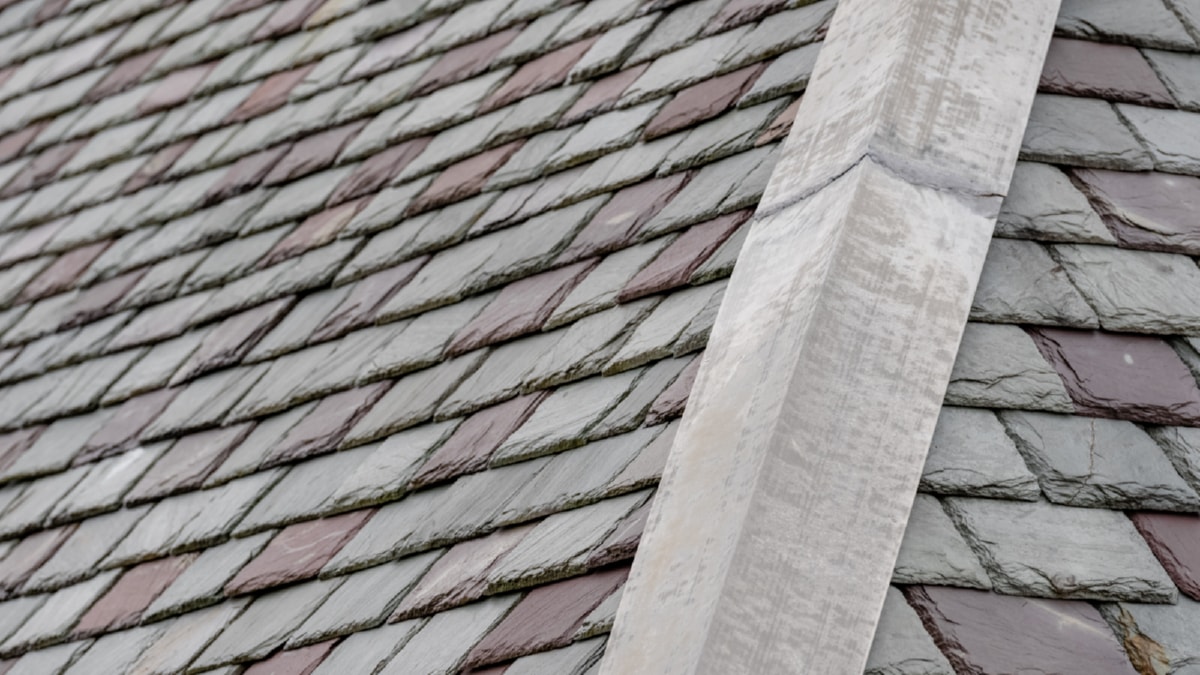The construction industry, like any other, is a dynamic entity that continuously evolves to adapt to new technologies, market trends, and global challenges. As we delve deeper into the 21st century, it is clear that several emerging trends are set to redefine the future of construction. This article will explore some of these exciting developments that stakeholders should watch out for.
Firstly, the rise of sustainable construction cannot be understated. With the increasing global focus on environmental conservation, construction projects are now evaluated based on their sustainability. This trend is driving the rise of green construction materials such as recycled steel and concrete, low-VOC paints, and energy-efficient insulation materials. Furthermore, the design phase of construction projects now considers environmental impact, with features like rainwater harvesting, solar power integration, and energy-efficient lighting becoming more common.
Secondly, digital technology is revolutionizing the construction industry. Building Information Modelling (BIM) is one such innovation that allows architects, engineers, and other stakeholders to create and manage digital representations of a construction project’s physical and functional characteristics. This technology enables better collaboration, reduces errors, and ensures the project stays within budget and on schedule.
In addition, the use of drones and unmanned aerial vehicles (UAVs) in construction is rapidly increasing. These devices are used for site inspections, progress monitoring, and even to deliver small items. Drones provide a safer and more efficient way of performing tasks that would typically require human intervention, thereby increasing productivity and reducing risk.
Artificial Intelligence (AI) and robotics are other promising trends in construction. AI can analyze vast quantities of data to predict project outcomes, identify risks, and provide insights for decision making. On the other hand, robotics can automate repetitive tasks such as bricklaying and concrete dispensing, increasing efficiency and reducing labor costs.
The future of construction also envisions greater use of modular and prefabricated construction. This approach involves assembling sections of a structure in a factory setting and then transporting them to the construction site for final assembly. Prefabrication not only speeds up the construction process but also reduces waste and ensures better quality control.
Lastly, the construction industry is increasingly adopting 3D printing technology. This technique allows the creation of complex designs with precision and speed, reducing waste and lowering costs. From small components to entire buildings, 3D printing is set to revolutionize the way we construct.
In conclusion, the future of construction is ripe with exciting possibilities, driven by sustainability, digital technology, AI, robotics, modular construction, and 3D printing. These trends present immense opportunities for efficiency, cost-effectiveness, and environmental conservation. As we journey into the future, the construction industry is set to become more innovative, efficient, and eco-friendly. It is a fascinating journey that all industry stakeholders should keenly watch and adapt to.
.
For more details, check best masonry services or visit their business listing here.



